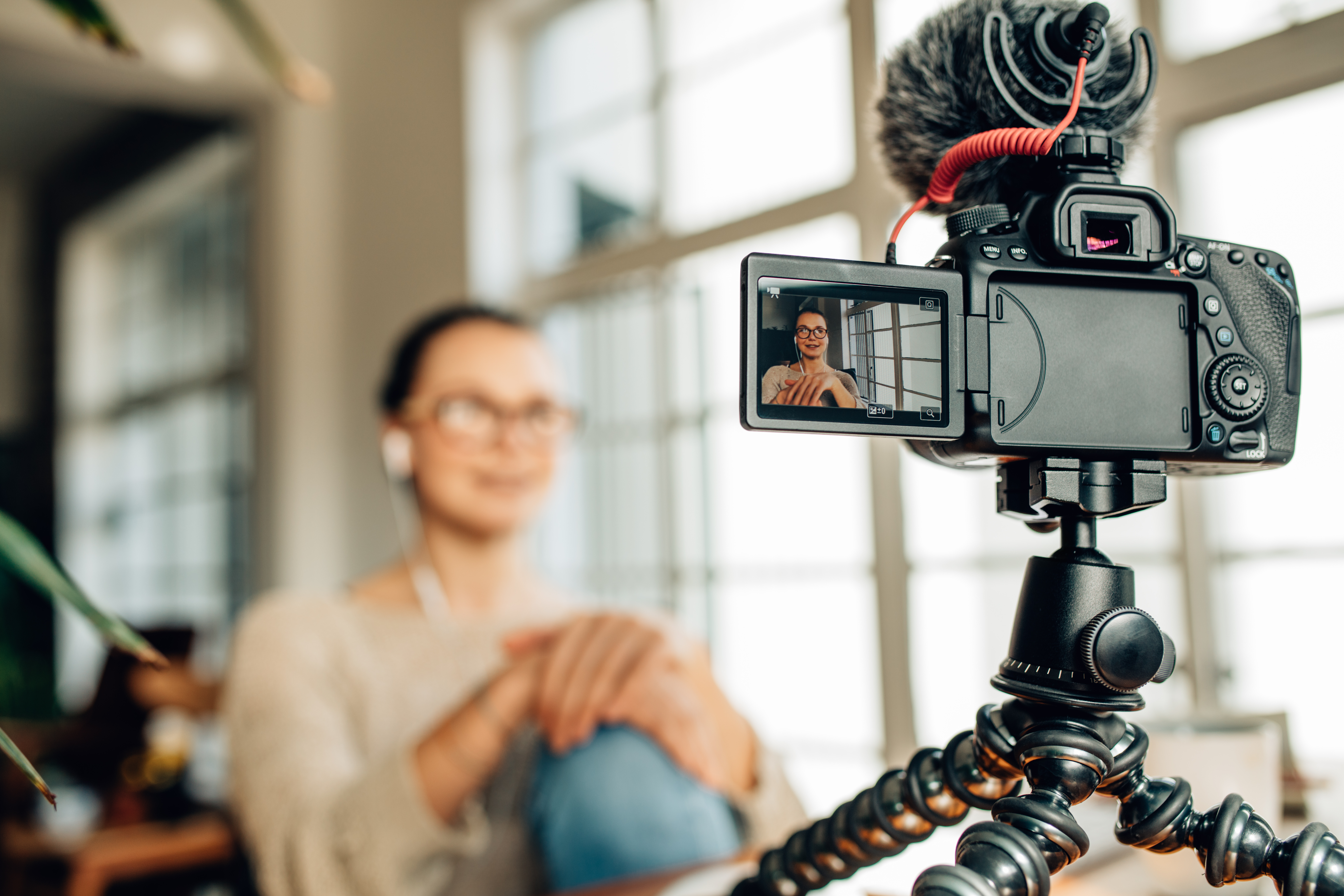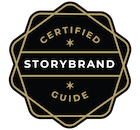Introduction
Video content is becoming more popular than ever, but it can also be a challenge to get started. There are so many different formats and options out there, it can become overwhelming to know where to start. But the great thing about video content is that it’s not just one thing—there are lots of different ways you can use video to tell your story and engage with your audience. Whether you’re trying out live streaming, creating long-form productions or even launching a podcast, here are some tips for how to get started with video content:
Know your goals
Before you create a video content strategy, you should understand your goals first.
Knowing your goals will help you focus on the right content, identify the right format for your videos and will help you plan the amount of content you wish to produce.
Lead with your audience in mind
Your audience is the reason you are creating video content in the first place, so it makes sense that your content should be catered towards them.
Think about the kind of video content your target audience would enjoy watching so you can create something that meets their needs. For example: if you’re making a video about how to make a sandwich, then don’t start off by talking about yourself or what sandwiches mean to you—start off with an explanation of why someone might want to make a sandwich in the first place!
Identify the format that will work best for you
Video content is a powerful tool for your marketing strategy. It can help you tell stories, educate your audience and engage with them on a level that’s more personal than text alone. But the types of video content you create should reflect the goals and audience you have in mind.
There are many formats for creating videos, including:
- How-to videos
- Educational videos
- Behind-the-scenes or “day in the life” series
Use an editorial calendar to schedule content
Before you start creating video content, it’s important to have a place where you can schedule your videos and plan ahead. An editorial calendar is the best way to organize your video marketing strategy as well as make sure that everything runs smoothly.
An editorial calendar helps you:
- Plan your social media posts in advance
- Plan emails for upcoming events or promotions
- Schedule pre-recorded videos
Develop a solid pre-production plan
The first step in creating a pre-production plan is to consider what you want your video content to accomplish. Think about goals for the audience, your brand, and the channel that would be best suited for video content. Then think about how you can achieve those goals with video.
Next, decide the type of videos you’d like to create: explainer videos, product demos, testimonials etc. Once you have an idea of what kind of videos will work best for your business or brand, it’s time to determine if there are any specific topics or subjects that would be good candidates for a series (for example: a customer service series).
Treat every video as part of a larger marketing campaign
As with any other piece of content marketing, you need to treat your videos as part of a larger campaign. This means creating a video strategy that’s part of your overall marketing plan, and making sure that you’re aware of how each video fits into the bigger picture.
Once you’ve got this down, it becomes much easier to make a good decision towards what type(s) of video content is right for your business—and how often they should be produced.
Video content is a powerful storytelling and promotional tool, but needs to be treated like any other piece of content marketing by having clear goals and measurable outcomes, as well as a strategy that maps back to your wider business objectives.
Video content can be used to create a more personal connection with your audience; for example, if you have an ecommerce site and want people to buy something from you then creating video content that shows how great the product is or how much fun it would be if they were using it will help them make their decision. It can also be used to promote your brand and products through one-off videos or series that let people get to know your company better.
Conclusion
Video is a great way to engage your audience. It’s entertaining, it’s easy to share, and it can make your business look professional and credible. However, not all videos are created equal. If you want to use video content as part of your marketing strategy—and you should!—you need to know how to make sure that your viewers stick around long enough for you to get those conversions happening on your website. Need help with your video content strategy or overall marketing strategy? Contact us, we are happy to help!



